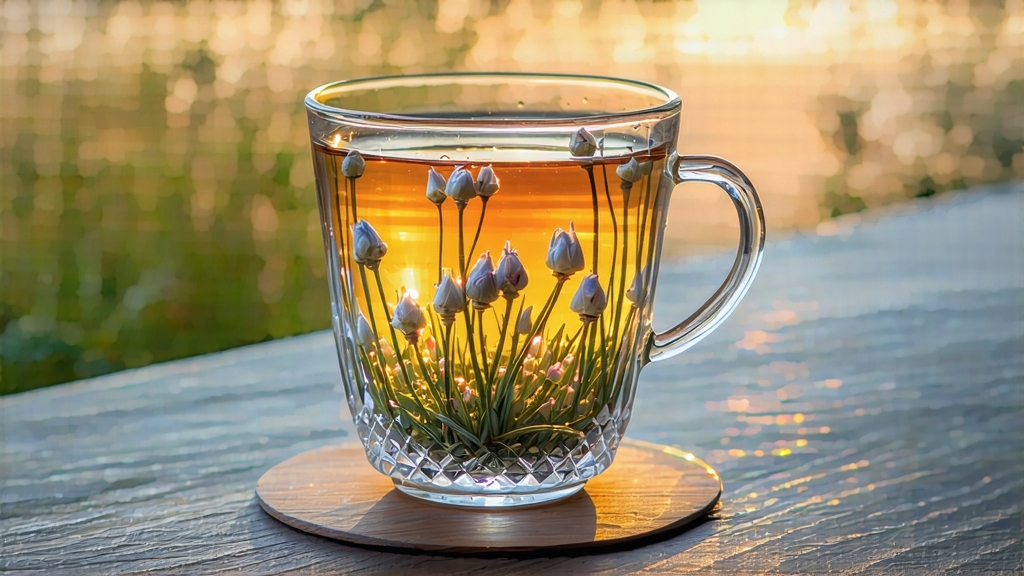
White tea is the most minimally handled of all China’s six great tea families, and within that serene category White Hair Silver Needle—Bai Hao Yin Zhen—stands as the apex of delicacy. To the uninitiated it can appear almost too subtle, yet for those who learn to listen, each sip whispers the cool mists of northern Fujian’s early spring. This essay invites the international reader to step inside that whisper: to discover how a single, perfect bud becomes a luminous liquor, how Song-dynasty scholars first praised its “hidden sweetness,” and how a modern tea-lover in Paris or Portland can coax the same moonlight into a weekday afternoon.
-
Geography and Genesis
Authentic Yin Zhen is born in the coastal county of Fuding, where the East China Sea’s humid breath meets the 1,000-metre ridges of the Taimu mountain range. The cultivar of choice is Fuding Da Bai Hao—“Big White Down”—a tea plant whose spring buds can reach 3.5 cm, longer than a honey bee, and are cloaked in a fleece so dense it resembles fresh snow. Smaller lots arrive from neighbouring Zhenghe, but connoisseurs prize Fuding for its maritime minerality, a faint salinity that lingers like sea spray on granite. -
A Brief, Almost Forgotten History
Written records first name the tea in the Song Huiyao, an imperial archive of 1068 CE, where it appears as a tribute item shipped north to the capital in tiny wax-sealed crocks. During the late Ming, when black and oolong teas were racing down the Tea Horse Road, white tea remained a local secret, pressed into cakes and used by Fujianese apothecaries to “clear summer heat.” Only in 1796 did the Qing court lift the tribute monopoly, allowing private merchants to sell the loose buds abroad. European ports mistook the pale down for mould, until London society hostesses discovered its ethereal perfume and rechristened it “Silver Needle” in 1838. From that moment the tea rode clippers around the Cape, fetching prices higher than first-flush Darjeeling. -
Plucking: One Dawn, One Standard
The harvest window is brutally short: the first flush, usually between 15 March and 10 April, when night temperatures still dip to 8 °C and morning fog slows leaf metabolism, concentrating amino acids. Pickers—70 % women, many inheriting calloused thumbs from grandmothers—break each bud with the nail of the middle finger, never a twist, to avoid bruising stem cells that would oxidise into unwanted red. A full kilo of finished tea demands 30,000 buds, roughly six hours of focused picking by an experienced hand. -
Withering: The Invisible Dance
Unlike green tea, Silver Needle never touches a wok. Instead, the buds are laid upon bamboo trays stacked like organ pipes in a sun-warmed corridor. For 36 to 48 hours they lose moisture in two acts: an initial sun-wither of 15–30 minutes that “shocks” the leaf surface, followed by long indoor withering at 22 °C and 65 % humidity. Masters read the leaf like a clock: when the bud’s spine curves into a gentle fish-hook and the tip droops like a sleepy eyelid, the tea is ready. A final 15-minute bake at 40 °C halts enzymatic activity, yet the leaf remains 8 % water—alive enough to age gracefully. -
The Craft of Oxidation Without Motion
Western texts often mislabel white tea as “unoxidised.” In truth, the leaf undergoes up to 15 % oxidation, but it happens passively during withering rather than through rolling. This quiet chemistry softens grassy edges and coaxes out a signature note of ripe melon skin, a compound called (Z)-3-hexenyl hexanoate that gas chromatographers recognise as the fingerprint of authentic Yin Zhen. -
Grading and Ageing
Immediately after firing, buds are sorted into three grades: Imperial (needle length ≥ 2.8 cm, 95 % unbroken), Fine (2.3–2.7 cm, 90 % intact), and Café grade (shorter, for blending). Unlike most greens, Silver Needle improves with age. Stored in breathable clay jars at 25 °C and 50 % humidity, the tea slowly darkens from platinum to antique gold, trading fresh cucumber for dried apricot and, after ten years